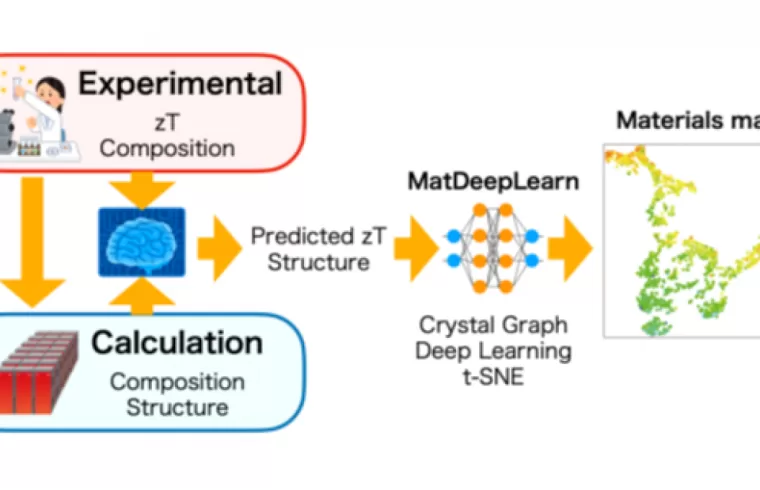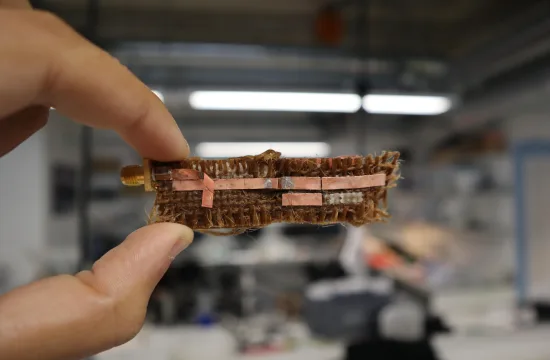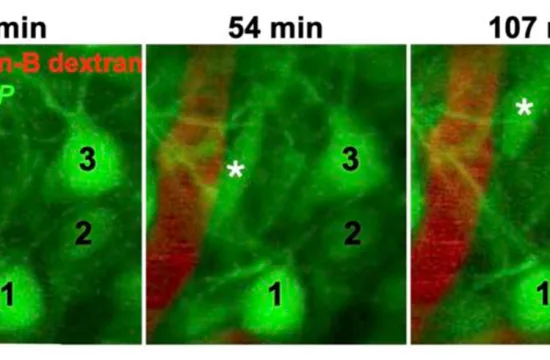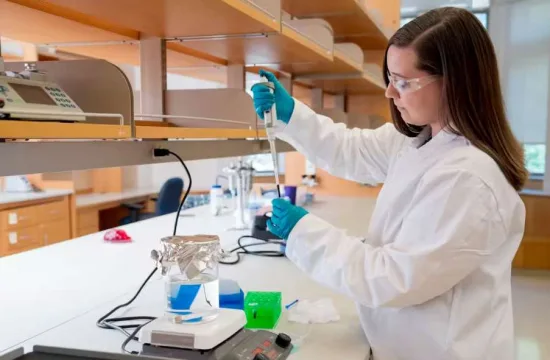
Researchers at Tohoku University have developed a groundbreaking tool that combines experimental and computational data into a single, intelligent resource: a materials map that instantly guides scientists to the most promising materials from a vast pool of candidates.
Identifying the right material remains one of the biggest challenges in materials science. While theoretical predictions and experimental validations both play vital roles, they’ve traditionally progressed on separate paths.
Now, a team at Tohoku University has bridged that divide by developing an AI-generated map that integrates experimental data from scientific literature with computational data derived from first-principles simulations.
This innovative map acts as a graphical interface, plotting materials based on their thermoelectric performance (zT) and structural similarity. Each point on the map represents a material, and those with similar structures appear close together.
Since structurally analogous materials are often synthesized and tested using similar techniques, the map allows researchers to quickly identify high-performance analogs and adapt existing synthesis methods—dramatically reducing trial-and-error.
The project was led by Specially Appointed Associate Professor Yusuke Hashimoto and Professor Takaaki Tomai from FRIS, in collaboration with Assistant Professor Xue Jia and Professor Hao Li from WPI-AIMR. Their approach builds on a previously integrated dataset combining StarryData2 literature entries with computational data from the Materials Project. This dataset was used to train MatDeepLearn (MDL), enhanced with a message passing neural network (MPNN) to predict thermoelectric properties.
Hashimoto explains, “By offering an intuitive, bird’s-eye view of countless material candidates, the map enables researchers to identify promising options at a glance. We expect this will significantly shorten the development timeline for new functional materials.”
This AI-powered map marks a major step forward in streamlining materials discovery, offering scientists a smarter, faster way to navigate the complex landscape of material selection.







